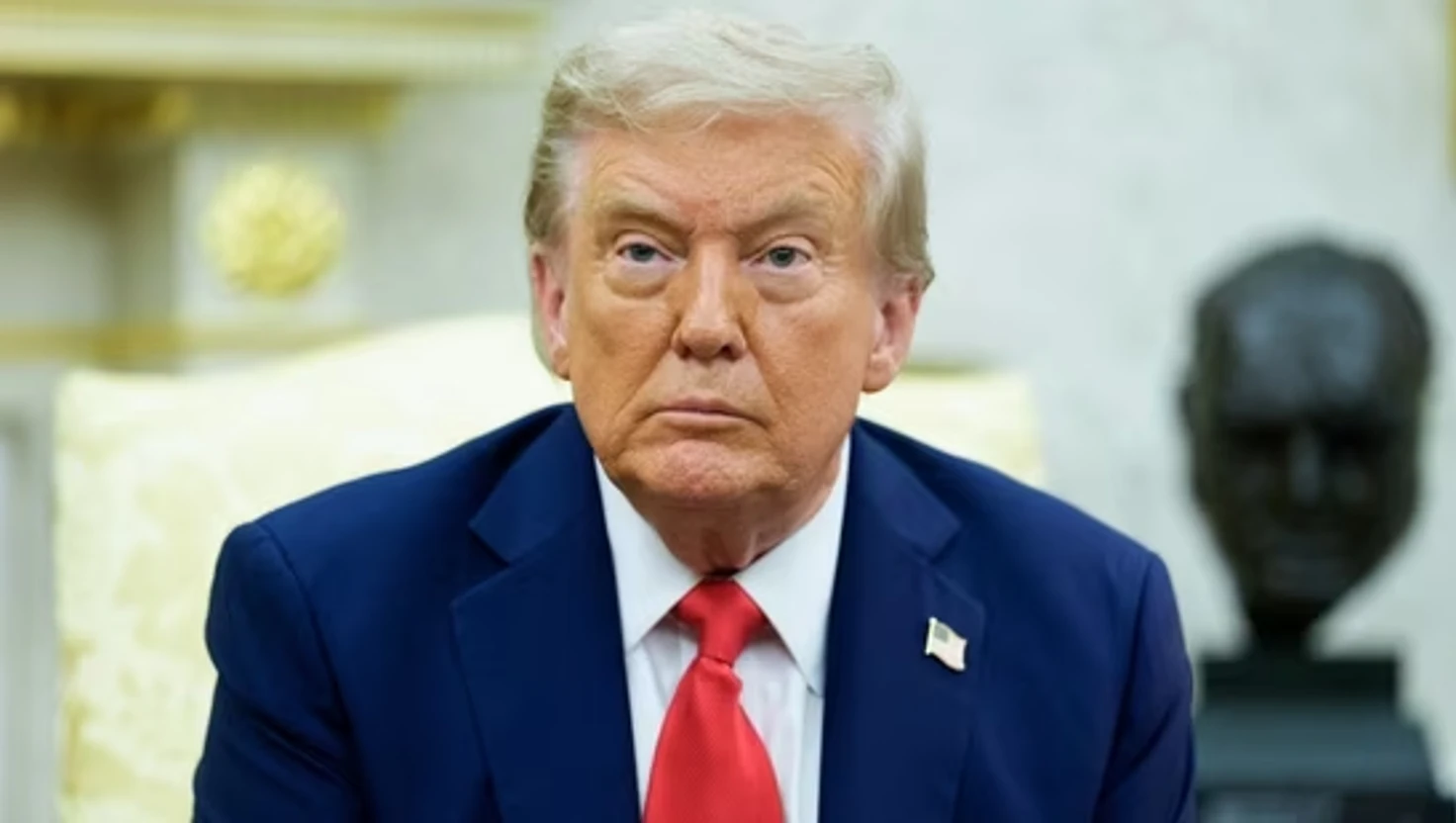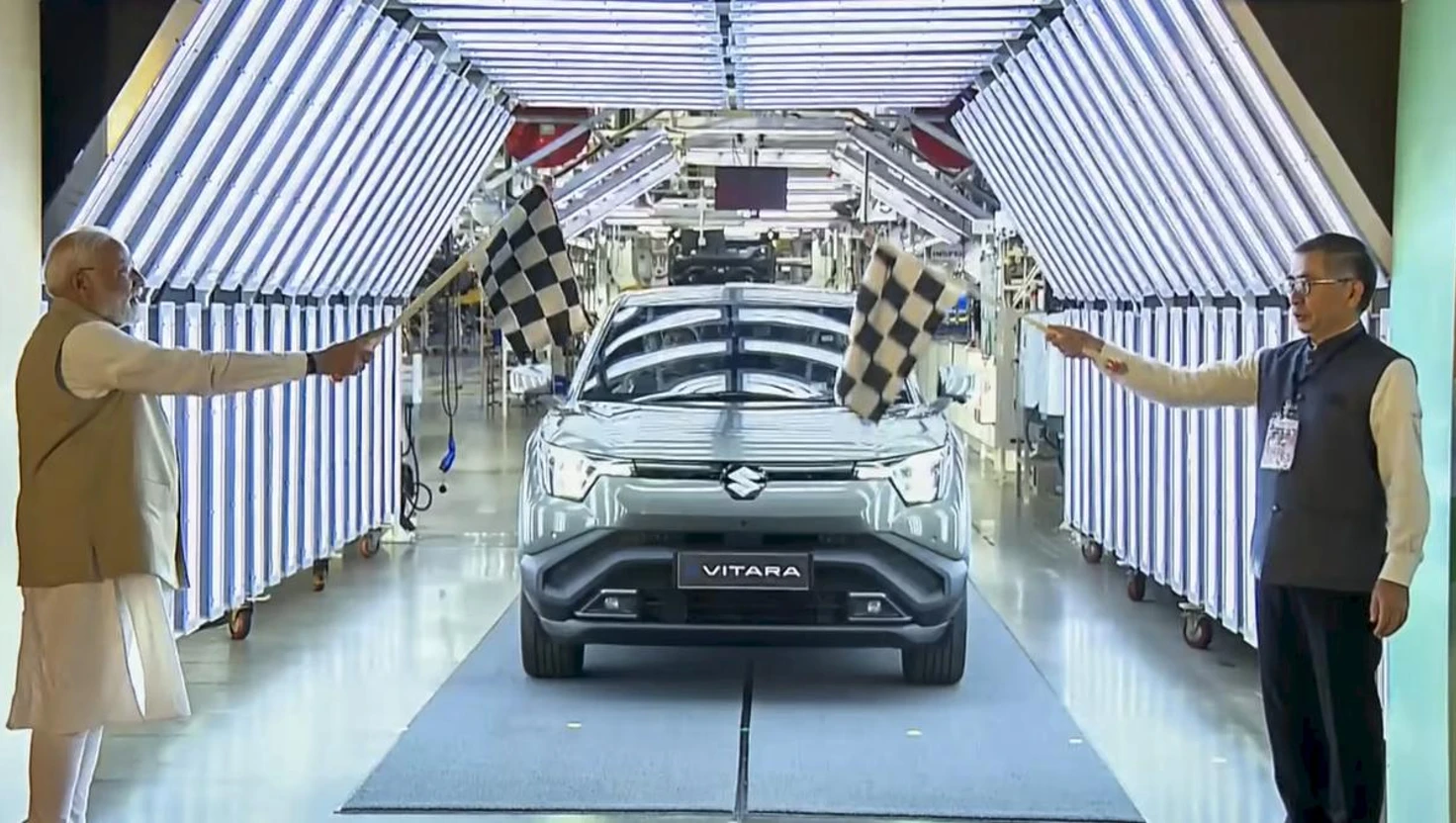Steep US tariffs Hit Indian Exports: Units in Tirupur, Noida & Surat Halt Production

Steep US tariffs Hit Indian Exports: Units in Tirupur, Noida & Surat Halt Production
US tariffs rise to 50% affecting India's textiles, seafood, and jewellery exports, causing production halts in key regions.
Textile production in India has been significantly impacted following the announcement of an additional 25% tariff on exports by the United States government under President Donald Trump's administration. This new measure, effective from 27 August, raises total tariffs on Indian goods to 50%, positioning India with one of the highest tariff rates among countries trading with the US.
The Federation of Indian Export Organisations (FIEO) confirmed that manufacturers in the textile hubs of Tirupur, Noida, and Surat have ceased operations due to diminishing competitiveness. This comes in the wake of increased production costs as a result of the tariffs.
S. C. Ralhan, President of FIEO, expressed concerns about the significant challenges faced by the textile and apparel sector: ‘Textiles and apparel manufacturers in various regions are experiencing a decline in competitiveness relative to lower-cost producers in Vietnam and Bangladesh. Adding to this, the seafood industry, particularly shrimp exporters, will face serious disruptions since the US accounts for nearly 40% of India's seafood exports.’
He noted that the new tariffs create risks of overstocking, supply chain issues, and hardship for domestic producers.
The impact goes beyond just textiles and seafood, as analysis by CRISIL, a global analytics firm, indicates that small and medium enterprises (SMEs), which account for about 45% of India's total exports, will particularly struggle under this new tariff regime. The sectors hardest hit include textiles, gems and jewellery, seafood, and automotive components.
The gems and jewellery sector, for instance, is highly exposed, with exports to the US valued at around $10 billion. Despite the anticipated fall in export volume, fluctuations in gold prices and ongoing domestic demand may mitigate some revenue losses.
With the removal of trade preferences under the Generalized System of Preferences (GSP), approximately 25% of India’s US exports could be affected. The textile industry alone, which represents a significant component of these exports, is poised for a substantial downturn, particularly since smaller enterprises dominate this sector, holding over 70% market share.
In Surat, the gems and jewellery industry – which commands over 80% of diamond exports – will also experience adverse effects from the tariff increase. Notably, one-third of Indian diamond exports are sent to the US, marking it as a critical market.
The seafood sector now faces heightened competition, particularly against countries like Ecuador, which benefits from a significantly lower tariff of 15%. This puts Indian small enterprises at a disadvantage, as they now have to contend with a 50% tariff on their exports.
The automotive components sector is expected to see only minor effects since the US constitutes just 3.5% of India’s overall production. However, SMEs supplying parts to major exporters focused on the US market may encounter challenges, especially in areas such as gearbox and transmission components, which are critical to this export market.
Interestingly, certain industries remain unaffected by the new tariffs. For example, pharmaceutical exports, accounting for 12% of all exports to the US, currently remain free from additional duties, offering some reprieve to that sector.
The aggregate effect of the increased tariffs is projected to impact around $19 billion worth of exports across textiles, chemicals, seafood, and automotive components. Nevertheless, some analysts suggest that anticipated growth in the domestic market, valued at around $10 billion, could help alleviate the adverse consequences of the tariffs.
As companies grapple with these sudden changes, Ralhan highlights the need for India to explore diplomatic avenues with the US to address these issues effectively. He remarked, ‘It is also crucial for us to invest in promoting Brand India, enhancing quality certifications, and innovating within our export strategies, ensuring that Indian goods maintain their appeal in global markets.’
The Federation of Indian Export Organisations (FIEO) confirmed that manufacturers in the textile hubs of Tirupur, Noida, and Surat have ceased operations due to diminishing competitiveness. This comes in the wake of increased production costs as a result of the tariffs.
S. C. Ralhan, President of FIEO, expressed concerns about the significant challenges faced by the textile and apparel sector: ‘Textiles and apparel manufacturers in various regions are experiencing a decline in competitiveness relative to lower-cost producers in Vietnam and Bangladesh. Adding to this, the seafood industry, particularly shrimp exporters, will face serious disruptions since the US accounts for nearly 40% of India's seafood exports.’
He noted that the new tariffs create risks of overstocking, supply chain issues, and hardship for domestic producers.
The impact goes beyond just textiles and seafood, as analysis by CRISIL, a global analytics firm, indicates that small and medium enterprises (SMEs), which account for about 45% of India's total exports, will particularly struggle under this new tariff regime. The sectors hardest hit include textiles, gems and jewellery, seafood, and automotive components.
The gems and jewellery sector, for instance, is highly exposed, with exports to the US valued at around $10 billion. Despite the anticipated fall in export volume, fluctuations in gold prices and ongoing domestic demand may mitigate some revenue losses.
With the removal of trade preferences under the Generalized System of Preferences (GSP), approximately 25% of India’s US exports could be affected. The textile industry alone, which represents a significant component of these exports, is poised for a substantial downturn, particularly since smaller enterprises dominate this sector, holding over 70% market share.
In Surat, the gems and jewellery industry – which commands over 80% of diamond exports – will also experience adverse effects from the tariff increase. Notably, one-third of Indian diamond exports are sent to the US, marking it as a critical market.
The seafood sector now faces heightened competition, particularly against countries like Ecuador, which benefits from a significantly lower tariff of 15%. This puts Indian small enterprises at a disadvantage, as they now have to contend with a 50% tariff on their exports.
The automotive components sector is expected to see only minor effects since the US constitutes just 3.5% of India’s overall production. However, SMEs supplying parts to major exporters focused on the US market may encounter challenges, especially in areas such as gearbox and transmission components, which are critical to this export market.
Interestingly, certain industries remain unaffected by the new tariffs. For example, pharmaceutical exports, accounting for 12% of all exports to the US, currently remain free from additional duties, offering some reprieve to that sector.
The aggregate effect of the increased tariffs is projected to impact around $19 billion worth of exports across textiles, chemicals, seafood, and automotive components. Nevertheless, some analysts suggest that anticipated growth in the domestic market, valued at around $10 billion, could help alleviate the adverse consequences of the tariffs.
As companies grapple with these sudden changes, Ralhan highlights the need for India to explore diplomatic avenues with the US to address these issues effectively. He remarked, ‘It is also crucial for us to invest in promoting Brand India, enhancing quality certifications, and innovating within our export strategies, ensuring that Indian goods maintain their appeal in global markets.’

Maruti Suzuki Launches Local Battery Production for Electric Vehicles
Maruti Suzuki's new facility in Gujarat will produce batteries for the e-Vitara and hybrids, enhancing India's green mobility efforts.
| 2025-08-27

Apple iPhone 17 Pro Rumoured to Feature Reverse Wireless Charging
Leaked information suggests Apple’s iPhone 17 Pro may introduce reverse wireless charging, enabling it to power accessories like AirPods and Apple Watch.
| 2025-08-27

Alia Bhatt Calls for Removal of Video Showing New Mumbai Home
Alia Bhatt demands the removal of a viral video depicting her private residence, declaring it an invasion of privacy and a security concern.
| 2025-08-27

Sift Kaur Samra Achieves Double Gold for India at Asian Championships
Sift Kaur Samra wins gold in individual and team events at Asian Shooting Championships, marking a significant achievement for India.
| 2025-08-27

Bigg Boss 19 Contestants Revealed Ahead of Premiere Tonight
The lineup for Bigg Boss 19 features 16 contestants, including Ashnoor Kaur and Gaurav Khanna, debuting tonight at 9 pm on JioHotstar.
| 2025-08-26




